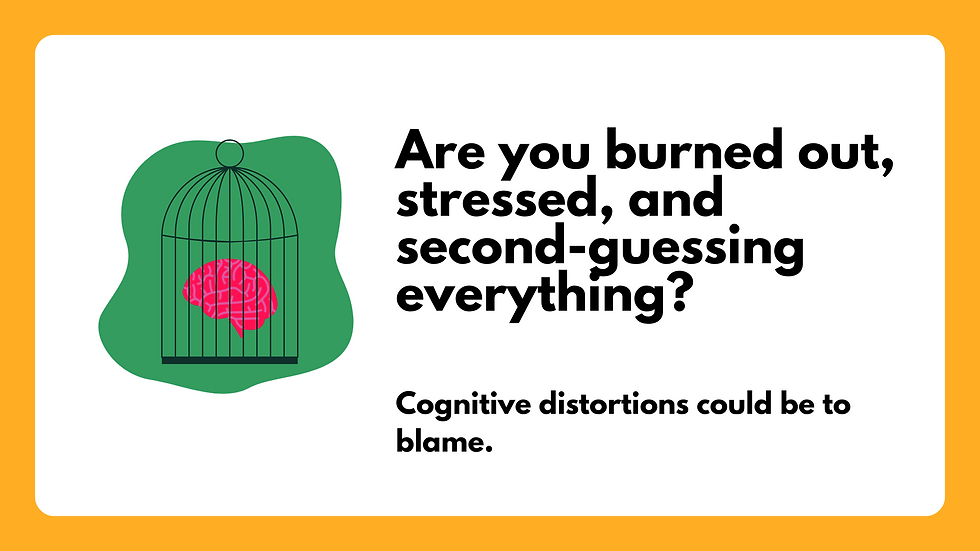How the Power of Hope Fuels Resilience in Difficult Times
- Jenn DeWall
- Aug 6
- 4 min read

Why Hope Is the Secret Weapon for High Achievers, Mental Health, and Workplace Success
A few weeks ago, I had one of those days.
You know the kind:
✅ A never-ending To-Do List.
✅ A calendar that was overscheduled due to meetings and guests.
✅ Feeling doubtful about my ability to succeed as a speaker
✅ Oh, and I spilled coffee down my shirt before a Zoom call. Another reason why I really can't wear white shirts, I always spill. I should start taking pictures of all of the white shirts I've ruined with coffee.
I wanted to crawl back into bed. Or at least scream into a pillow. Maybe cry.
But instead, I went for a walk, did some deep breathing, and reminded myself: “This moment sucks... but it won’t suck forever. This too shall pass. Trust the process, the only way out is through."
That, my friends, was hope in action.
So What Is Hope?
Hope isn’t just crossing your fingers. It’s a powerful psychological skill. According to hope researcher C.R. Snyder, hope has 3 parts:
Goals (Vision): “I know what I want.”
Pathways (Waypower): “I believe there’s a way to get there.”
Agency (Willpower): “I believe I can do it.”
Hope says: “Even if today’s hard, tomorrow could be better. And I can help make it so.”
We all need hope. It's essential to get out of bed in the morning.
You need hope. Your family needs it. Your friends need it. Your colleagues need it. It's essential for resilience and motivation.
Why Hope Matters—Especially Right Now
Burnout is at a breaking point. I see it all the time as a Burnout and Mental Health Speaker and Executive Coach, but let me share the data. New research from McKinsey and Gallup (2023-2025) paints a sobering picture of today's workplace:
In 2025, 82% of employees are at risk of burnout—up from 65% just two years ago.
Gen Z and Millennials are hitting peak burnout at age 25, nearly 20 years earlier than previous generations.
Daily stress is at an all-time high, with 43% of employees feeling stressed every single day.
Toxic workplace behavior is the #1 driver of burnout, increasing risk 8x across every age, gender, and job level.
The costs?
$322 billion in lost productivity
Up to $190 billion in healthcare costs
6x higher turnover risk for burned-out employees
43% of organizations lost half of their leadership teams in 2025 due to executive burnout
Ouch. And I didn't even include the impact of hope on our personal lives or relationships.
5 Ways to Reignite Hope
Now that you've seen the data, let me share a few ways to build hope for the future and improve mental health, resilience, and confidence.
1. Start the day with a micro-goal.
Not a mile-long to-do list. One small win.
💬Try: "Today I will speak up once in the team meeting."
It doesn't have to be this huge thing. Something small that you can build on.
2. Create more than one path. Make a Plan B, C, and D. Ask yourself, “What’s another way to look at this or solve this?”
Stuck? Get scrappy. High-hope people don’t just dream—they problem-solve.
💬 Try: “If Plan A doesn’t work, I’ll try Plan B with a 10-minute brainstorm or a coworker's or friend's input.”
When you find multiple solutions to a challenge, your brain is better able to see a path forward, and you're less likely to get stuck.
3. Use Future-Self Talk
Ethan Kross’ research shows that talking to yourself in third person reduces stress and boosts confidence.
💬 Try: “Jenn, you’ve done hard things before. You’ve got this.”
It might feel weird at first. Do it anyway. I would rather do something weird than stay stuck and stressed, wouldn't you?
4. Celebrate Any Progress
Hope is built in the doing. Don’t wait for the big win.
💬 Try: “I showed up today—even if I wasn’t perfect. That counts.”
I say this to myself in the mirror almost every day. It’s amazing what it does for confidence, motivation, and resilience.
5. Be the Hope for Your Team
Want to lead with hope? Do this:
Set a clear, inspiring vision.
Celebrate what’s working.
Remind people what’s possible, not just what’s urgent.
💬 Try in a meeting: “Things are hard right now—but we’ve done hard before. Here’s how we move forward.”
Final Thought: Hope is a leadership strategy. Hope isn’t toxic positivity. It’s not "just think happy thoughts."
It’s one of the most overlooked tools for performance, resilience, and workplace mental health. It keeps leaders grounded and teams united.
And in a time when 4 out of 5 employees are at risk of burning out, hope isn't a luxury—it's survival fuel.
👋 Want to bring hope, emotional intelligence, and mental well-being into your workplace? I speak on burnout, mindset, employee well-being, and confidence.
Reach out at hello@jenndewall.com
Speaking Topics:
Better Than Burned Out: How to Overcome Burnout and Find Joy at Work Again
Be Your Brave: How to Build Confidence and Compassion
Choose Your Hard: Build Your Growth Mindset for Success
Connection Over Perfection: The New Rules of Rising Strong



Comments